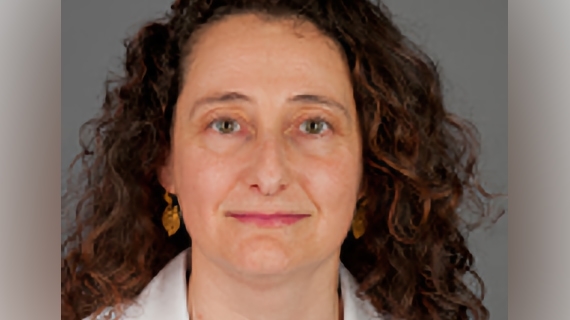Isabel Pereira
Disfunction Temporomandibular Joint

- Medicine Degree in Universidade Nova de Lisboa (1988)
- Physiatrist Degree in 1996, in Hospital de São José
- Consultant in MFR (2004)
- Physiatrist at Clínica CUF Alvalade where is responsable for Rehabilitation program in TM disorders
Nationality: Portugal
Scientific areas: Occlusion
17 of november, from 17h30 until 17h55
Auditorium A
Conference summary
Temporomandibular disorder (TMD) represents an array of pathologies affecting the temporomandibular joint and its surrounding structures. The syndrome following these alterations can manifest itself not only in the face, but involve other anatomical structures, such as cranium, the cervical column or the shoulders.
Physiatry’s main objective is functional improvement of the affected area, so the approach to a patient with DTM cannot limit itself to the exclusive analysis of the TM joint. Posture evaluation and analysis of anatomical structures that indirectly affect articular dynamic, are necessary to establish the rehabilitation treatment to control and prevent the worsening of symptoms.